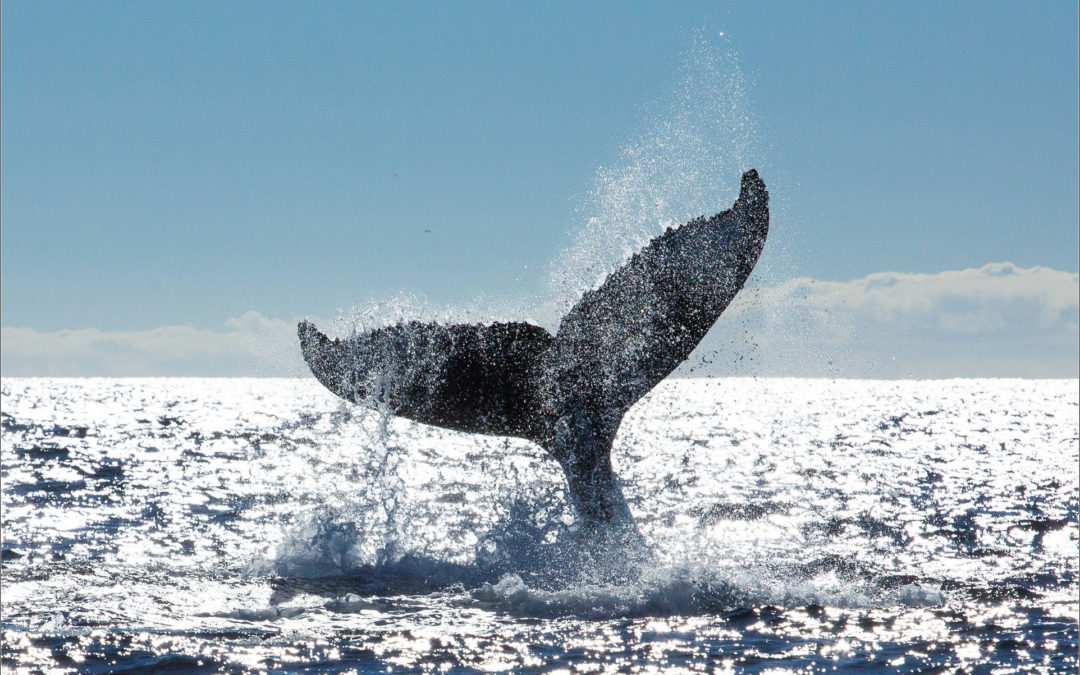To motivate people we offer the promise of a future better to what they have now. The assumption being that if they’re happy with the status quo they do not need motivating.
Offering a better future is often the easy part – as an example, watch the number of people who have experienced a motivational speaker and become pumped and ready to take on the world. They are charged with inspiration but unfortunately this energy soon fizzes out … the inspiration goes the way of a deflated balloon after the party.
The challenge from inspiration to realisation lies in making the choices that will keep us on the path to achieving our aspirations. And these choices live in moments.
In last weeks’ newsletter I discussed the value of moments as snapshots of positive experiences that people love to share. This week it’s about how moments are decision points.
These decision points are at the intersect of two or more perspectives and always represent opportunities for value. The perspectives could be an existing product line, a concept, a trend or some other representation. For example, you can intersect the product of breakfast museli with the concept of convenience and voila you have ‘breakfast on the go’.
The amazing array and popularity of TED talks (www.ted.com) are also a product of intersections. This includes the origins of the TED name when conceived back in 1984 by Richard Saul Wurman to represent the convergence of the fields of Technology, Entertainment and Design. It also includes the intersection of this content (seeing TED talks as content) with the technology of streaming videos (a key platform for watching TED). TED had the content before but it was the intersection with technology which ramped up its presence.
Within a customer experience context an initial perspective might be a situation in which a frontline staff person starts the day off on the wrong side of bed and things just keep getting worse. And then they arrive at work and start to intersect with the paths of their customers. At that moment these frontline staff have the choice to continue with their bad day or to let it go. Whilst the latter can be the harder choice, it is by far the better choice as it provides longer term benefits.
Once gone, those decisions made in the moment can never be returned or edited. The memory has been created. For great customer experiences we need this memory to a positive one so that customers are advocates and not adversaries. And the challenge for frontline staff is how best to manage the moments that create these experiences and can be made relevant for a better future.
(note: for similar TED type presentations try http://igniteshow.com/ and http://bigthink.com/)
